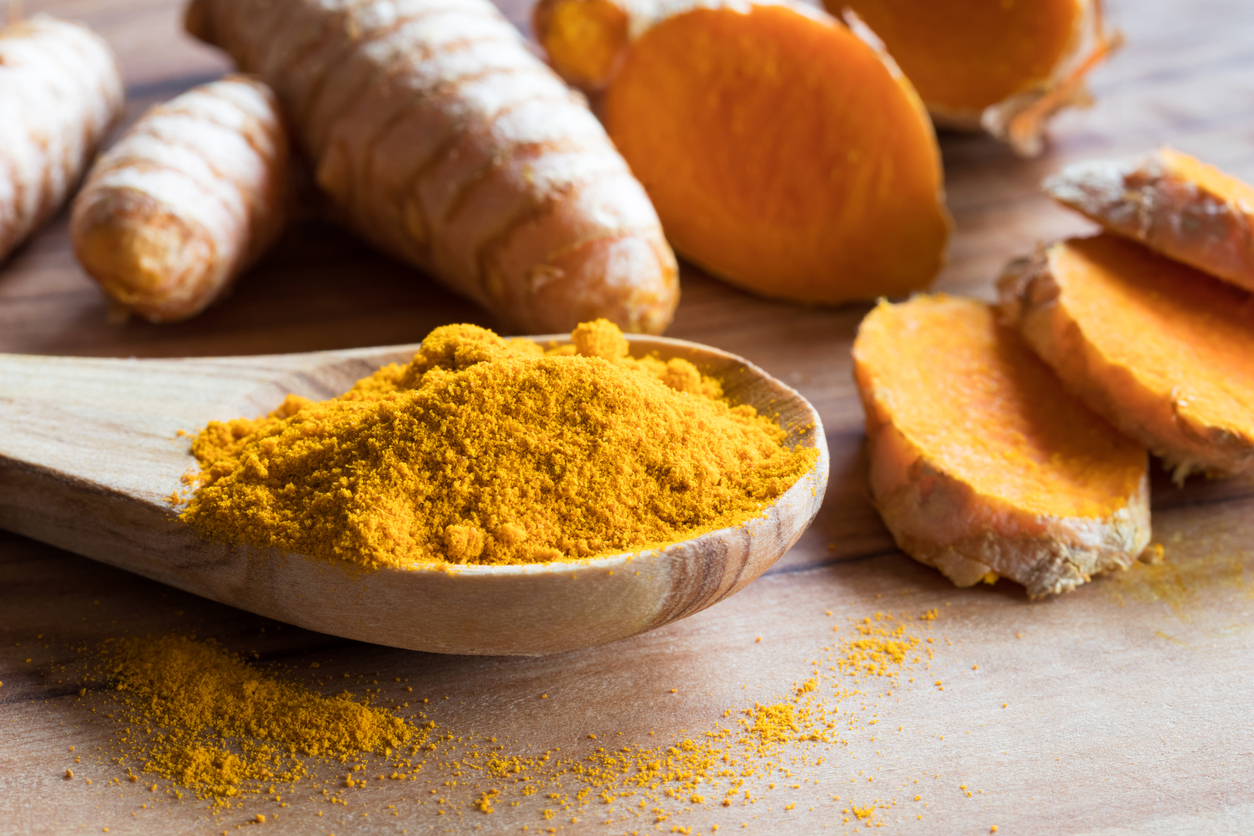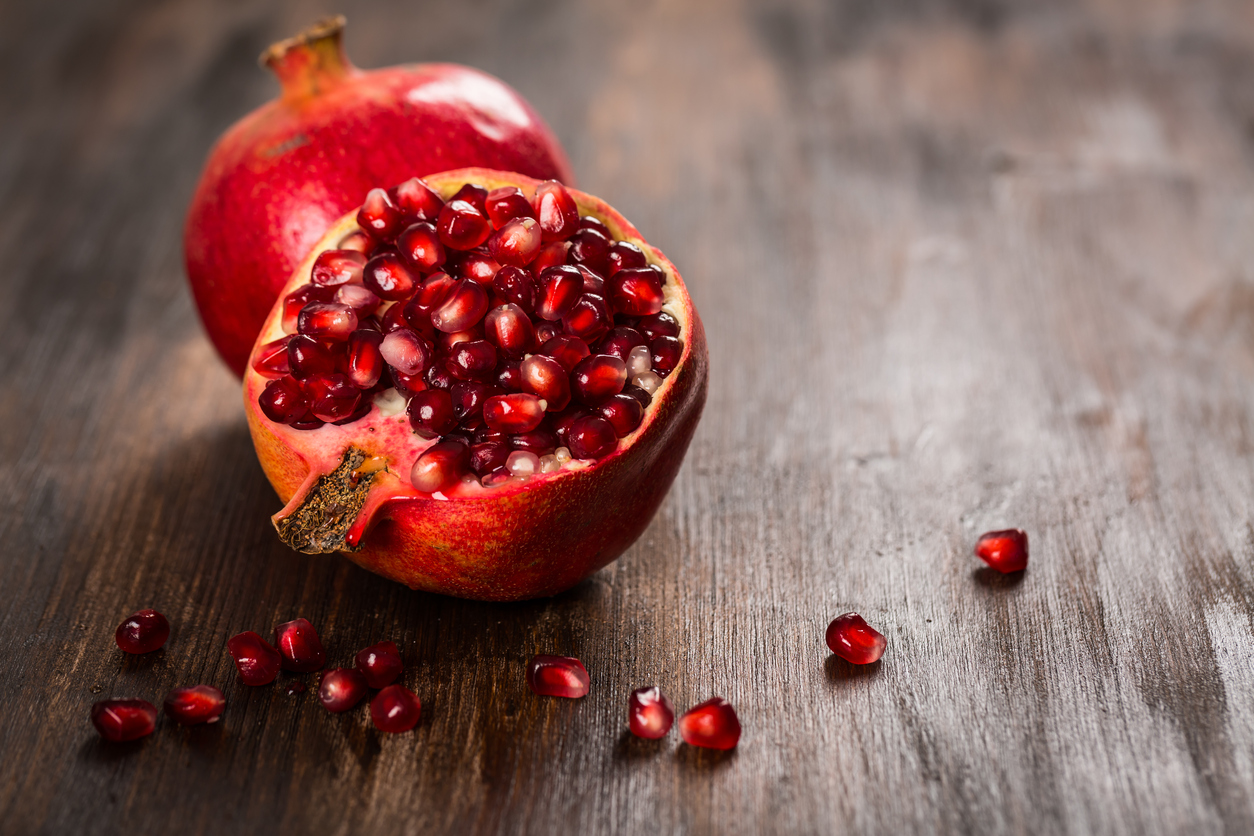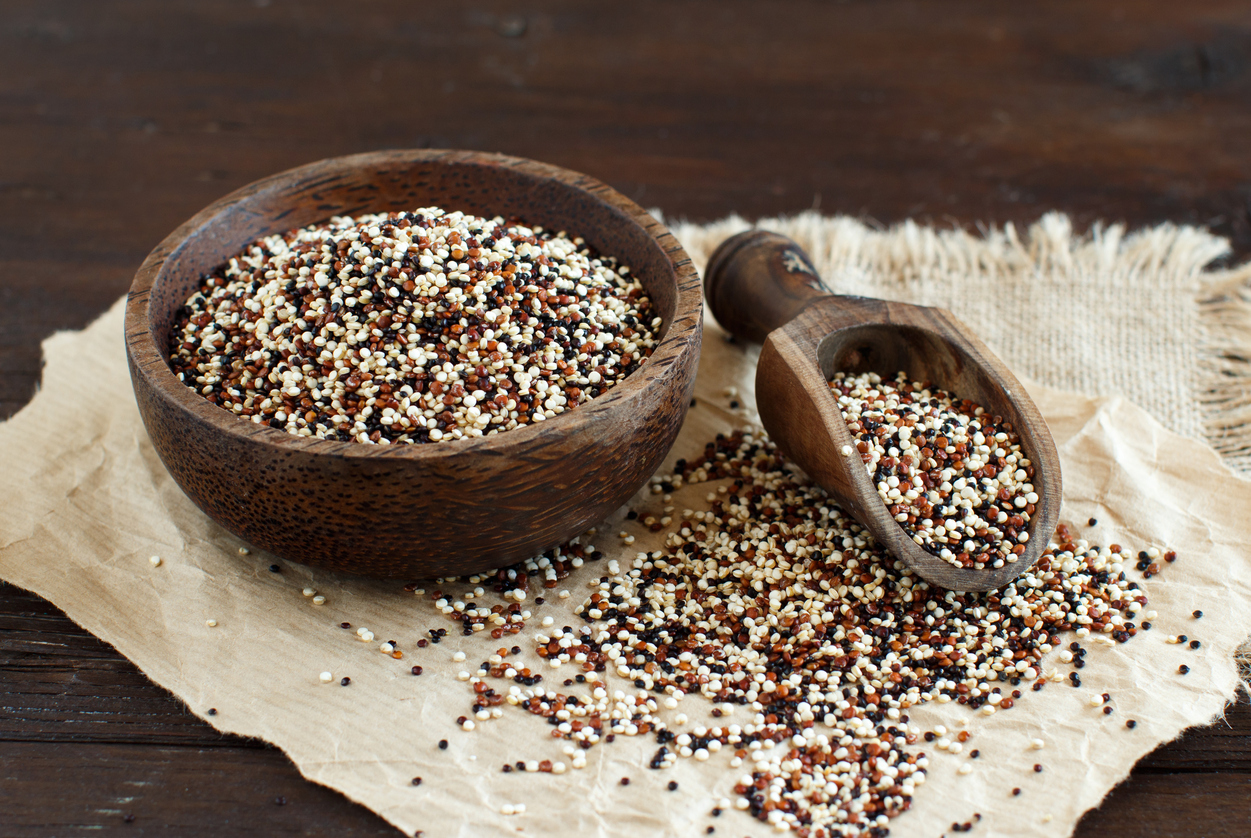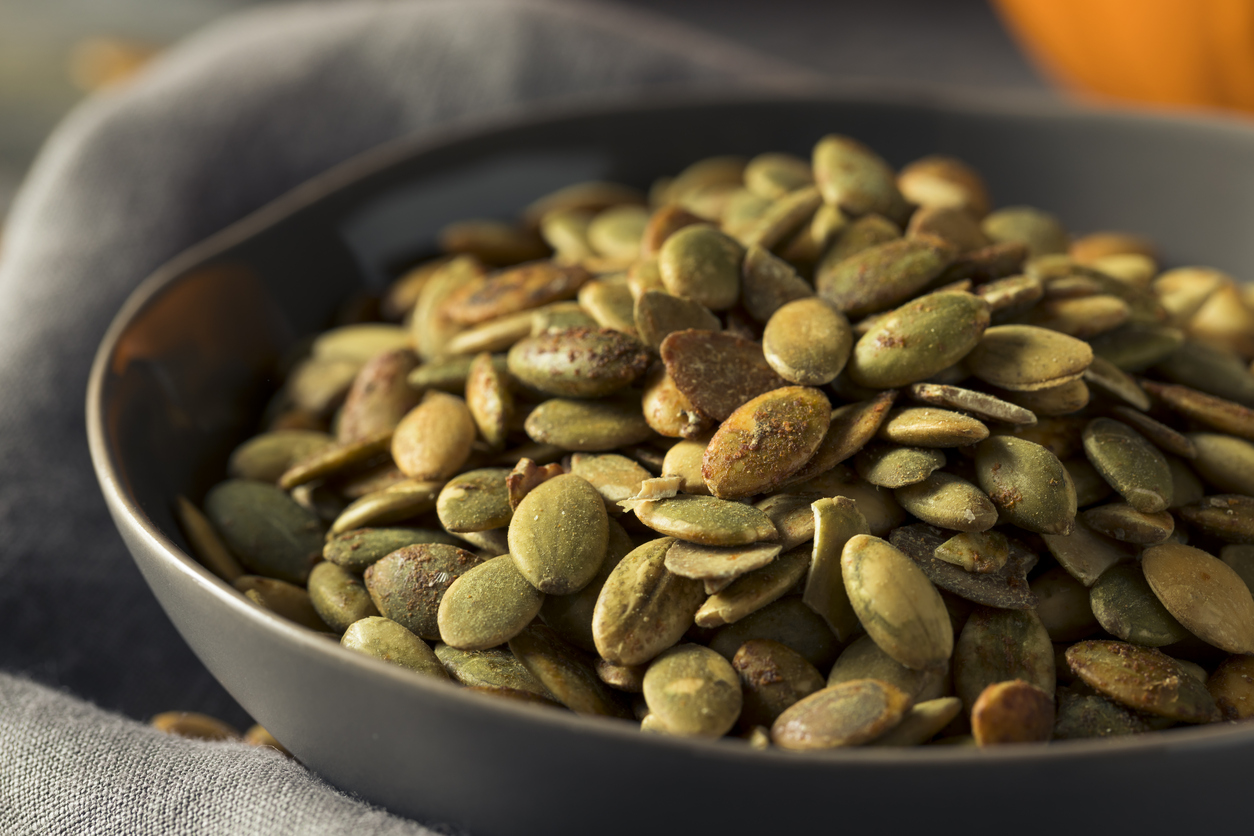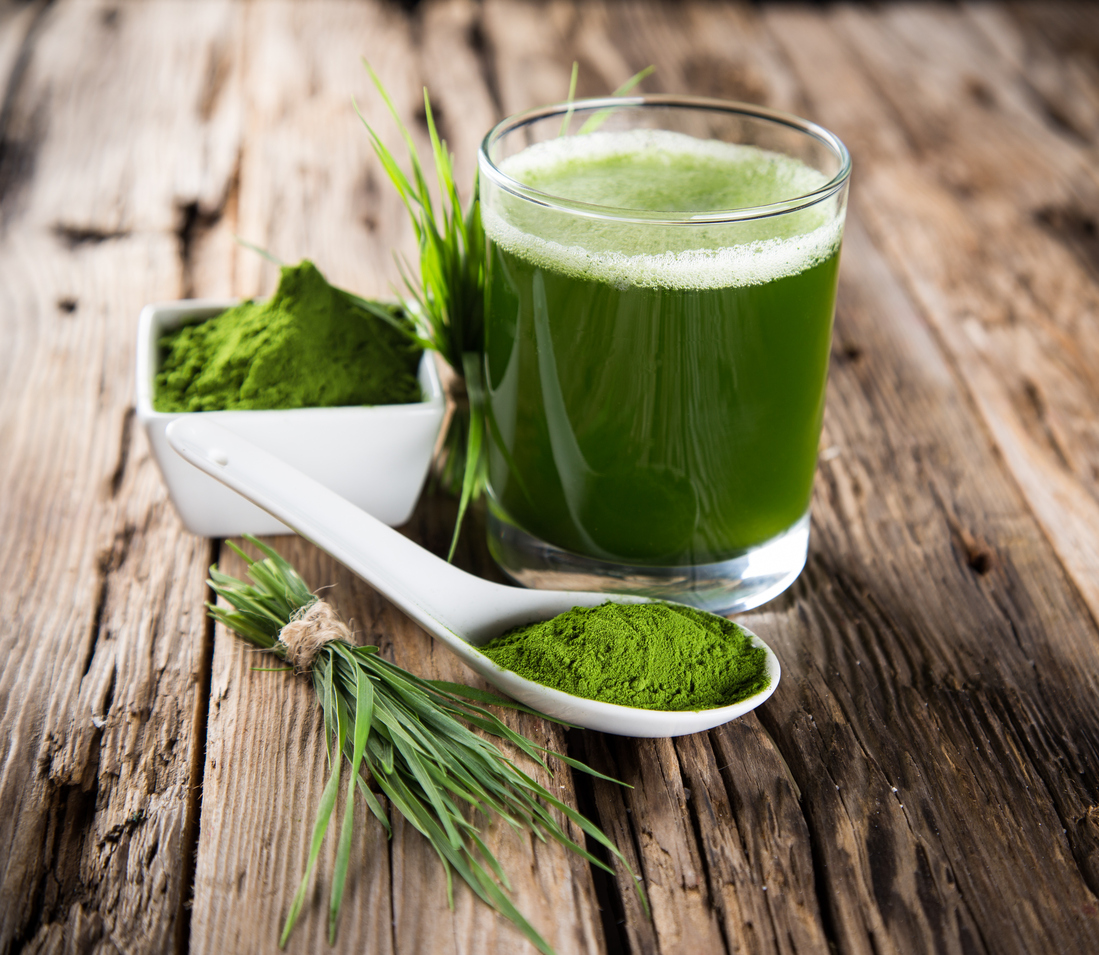Five ‘Brain’ Superfoods (Part 2)
The enormous hype supporting the use of superfoods has become a very lucrative business, and many people are fooled by the promises made by manufacturers and suppliers of these products.
Whether they are useful for enhancing brain health is still not well researched. However, their nutrient profile suggests they may be supportive of our very busy, energy-demanding and antioxidant-requiring brain tissue.
In Part I we looked at five superfoods that have some evidence to support their effectiveness as additions to a healthy diet. Here are the next five that possess some support for their use too.
• Curcumin (found in turmeric) is a bright yellow spice that is believed to have originated in India, but was also growing wild in the forests of South and Southeast Asia centuries ago.
It was traditionally used in Indian food and is now also sold in expensive supplemental form as a cure for a wide variety of ailments.
It is both an antioxidant and an anti-inflammatory and may be the reason that India has a particularly low rate of Alzheimer’s disease, which is possibly why researchers decided to investigate this bright yellow spice.
By all means use this bright yellow spice, but use it with a healthy oil, as researchers believe this is how it becomes most potent as a brain tonic.
I suggest coconut oil, milk or cream, as these are the natural oils that have been used with this spice for over 2 500 years to create tasty curries. Discuss its use with your doctor if you are on anticoagulants.
Interestingly, by AD 700 it had reached China, and by AD 800, East Africa.
Marco Polo commented in the thirteenth century on its similarity to saffron, and turmeric has been used as a much cheaper alternative to this expensive spice, sometimes being called Indian saffron.
Stir this spice into nut mayonnaise to eat with salads and use it in soups, curries and ‘stir fries’.
• Pomegranates are one of the oldest fruits known to man and are native to Southeastern Europe and Asia, and moved with Spanish missionaries into Mexico and California in the sixteenth century.
The name is derived from the French ‘pome garnet,’ and literally means ‘seeded apple’ or ‘apple with many seeds’.
Pomegranates are rich in phytonutrients due to the compounds that are contained in their deep pinkish/red color.
They also contain tannins, which are potent antioxidants, and the minerals potassium, magnesium, phosphorous, iron and zinc. Some research has indicated that they may also be anti-inflammatory in nature.
However, beware of juices that have very little pomegranate juice and lots of sugar and other added juices.
Grenadine is sweetened syrup made from pomegranates, which is used in cocktails, and is best avoided due to the presence of other additives.
Bright pomegranate seeds are delicious sprinkled over salads and can be enjoyed stirred into smoothies and on cereals.
• Quinoa (Keen-wah) is a high protein food originally from South America that was a staple food of the Incas and Aztecs.
It has been grown for 5 000 years and has a long-standing reputation as a superb source of nourishment for those working at high altitudes.
Quinoa contains more protein than any other grain (50% more than wheat) and although it is used as a grain, it is actually a seed and distantly related to spinach. It can be used as a grain, as flour and as part of a grain mixture in soups or salads – and it is also gluten-free.
Although most people are familiar with the cream-colored variety, there is also a smaller, black-hulled type of quinoa, as well as a red variety.
Quinoa is very close to being a perfect food, being rich in vitamins and minerals, providing nearly four times the amount of calcium as wheat, with extra iron, phosphorous, lysine, zinc, manganese and magnesium, as well as vitamins A, E and B.
• Pumpkin Seeds come from pumpkin gourds, which are especially grown for their seeds.
It is believed that they have been eaten since antiquity in the Americas, especially in Mexico, Latin America and the American Southwest, as they form part of what are called the ‘Three Sisters,’ a term used to describe the three earliest cultivated plants, namely corn, common beans and squash.
The oldest evidence of pumpkin seeds dates back to between 7 000 and 5 500 BC in Mexico.
Unsurprisingly, they were the perfect food item for sailors from all over the world to take back to their homes from the Americas – they had a great shelf life, were solid enough not to get damaged, and of course their bright colors and unusual markings, as well as strange shapes were an added bonus.
They are also called pepitas, and can be lightly roasted and served as a snack, which is a tradition that comes from their Mexican heritage.
The indigenous North Americans are said to have been the first people to have discovered these little gems inside their pumpkins, although they were apparently also popular in ancient Greece.
They have been used in both Native American and German traditional medicine as a vermifuge, which is the word used to describe a substance that removes intestinal worms.
They are high in magnesium and zinc, as well as iron, manganese and potassium. They are also a good source of protein, and contain a wide array of the various forms of vitamin E, which makes them very potent antioxidants.
These powerful seeds also contain tryptophan, the precursor to serotonin, an important neurotransmitter that supports appetite and mood regulation, and is in turn the precursor for melatonin, which facilitates sleep onset.
Pumpkin seeds are great to snack on and they are also tasty tossed into salads. Activate these seeds and drizzle them with tamari sauce for a special treat.
• Barley Grass Powder is a powdered form of the young leaves of the barley plant, also known as ‘barley grass’ powder. It is rich in chlorophyll and a number of important antioxidants, as well as vitamins, A, B1 – B12, C and E. It also contains calcium, magnesium, manganese, zinc and potassium among other minerals.
Barley grass also contains GABA (Gamma Amino Butyric Acid) which is a neurotransmitter that has a calming effect on the brain. This powerful green grass also contains 20 amino acids, making it a good plant source of protein.
Green barley grass also contains tryptophan, so it may be a useful addition to your diet if you suffer from mood swings and need to improve your sleep.
This powerful green food also contains anti-inflammatory properties.
Ensure you choose an organic product, with no ‘fillers’ such as brown rice and which is the result of the green leaves having been processed at low heat, or freeze-dried to preserve the nutrients.
In conclusion, there are always other superfoods that become popular and replace well-established ones, so it is challenging to provide an updated superfood list, and even harder to find evidence of their effectiveness when they have not been used for long periods of time by large groups of people.
Therefore, it is best to choose fresh, real, nutrient-dense, fiber-filled produce and then add proven superfoods to this foundation.
Organic forms of these foods are always the best option because pesticides accumulate in fat, and with our brain being so ‘fatty,’ it is best to avoid them in any form.
[If you already own my recipe book, you know how to use normal foods with superfoods like these, creatively, to prepare the best brain boosting meals possible. If you do not yet own my recipe book, click on this link.]
Part I contains the first five superfoods that can be added to an already-healthy diet.
References
1. Zhang L, Fiala M, Cashman J, Sayre J, Espinosa A, Mahanian M, Zaghi J, Badmaev V, Graves MC, Bernard G and Rosenthal M. Curcuminoids enhance amyloid-beta uptake by macrophages of Alzheimer’s disease patients. J Alzheimers Dis 2006 Sep; 10(1): 1-7.
2. Tapsell LC, Hemphill I, Cobiac L, Patch CS, Sullivan DR, Fenech M, Roodenrys S, Keogh JB, Clifton PM, Williams PG, Fazio VA and Inge KE. Health benefits of herbs and spices: the past, the present, the future. Med J Aust 2006 Aug 21; 185(4 Suppl): SD4-24.
3. Goel A, Kunnumakkara AB, Aggarwal BB. Curcumin as “Curecumin”: from kitchen to clinic. Biochem Pharmacol 2008 Feb 15; 75(4): 787-809.
4. Cole GM, Teter B, Frautschy SA. Neuroprotective effects of curcumin. Adv Exp Med Biol 2007; 595(): 197-212.
5. Aggarwal BB, Sundaram C, Malani N, Ichikawa H . Curcumin: the Indian solid gold. Adv Exp Med Biol 2007; 595: 1-75.
6. Rasheed Z, Akhtar N, Anbazhagan AN, Ramamurthy S, Shukla M, Haqqi TM. Polyphenol-rich pomegranate fruit extract (POMx) suppresses PMACI-induced expression of pro-inflammatory cytokines by inhibiting the activation of MAP Kinases and NF-kappaB in human KU812 cells. J Inflamm (Lond) 2009 Jan 8; 6(1).
7. Vega-Galvez A, Miranda M, Vergara J, Uribe E, Puente L, Martinez EA.. Nutrition facts and functional potential of quinoa (Chenopodium quinoa willd.), an ancient Andean grain: a review. J Sci Food Agric 2010 Dec; 90(15): 2541-7.
8. Hudson C, Hudson SP, Hecht T, MacKenzie J. Protein source tryptophan versus pharmaceutical grade tryptophan as an efficacious treatment for chronic insomnia. Nutr Neurosci 2005 Apr; 8(2): 121-7.
9. Zeng Y, Pu X, Yang J, Du J, Yang X, Li X, et al. Preventive and Therapeutic Role of Functional Ingredients of Barley Grass for Chronic Diseases in Human Beings. Oxid Med Cell Longev 2018; 2018(3232080).


